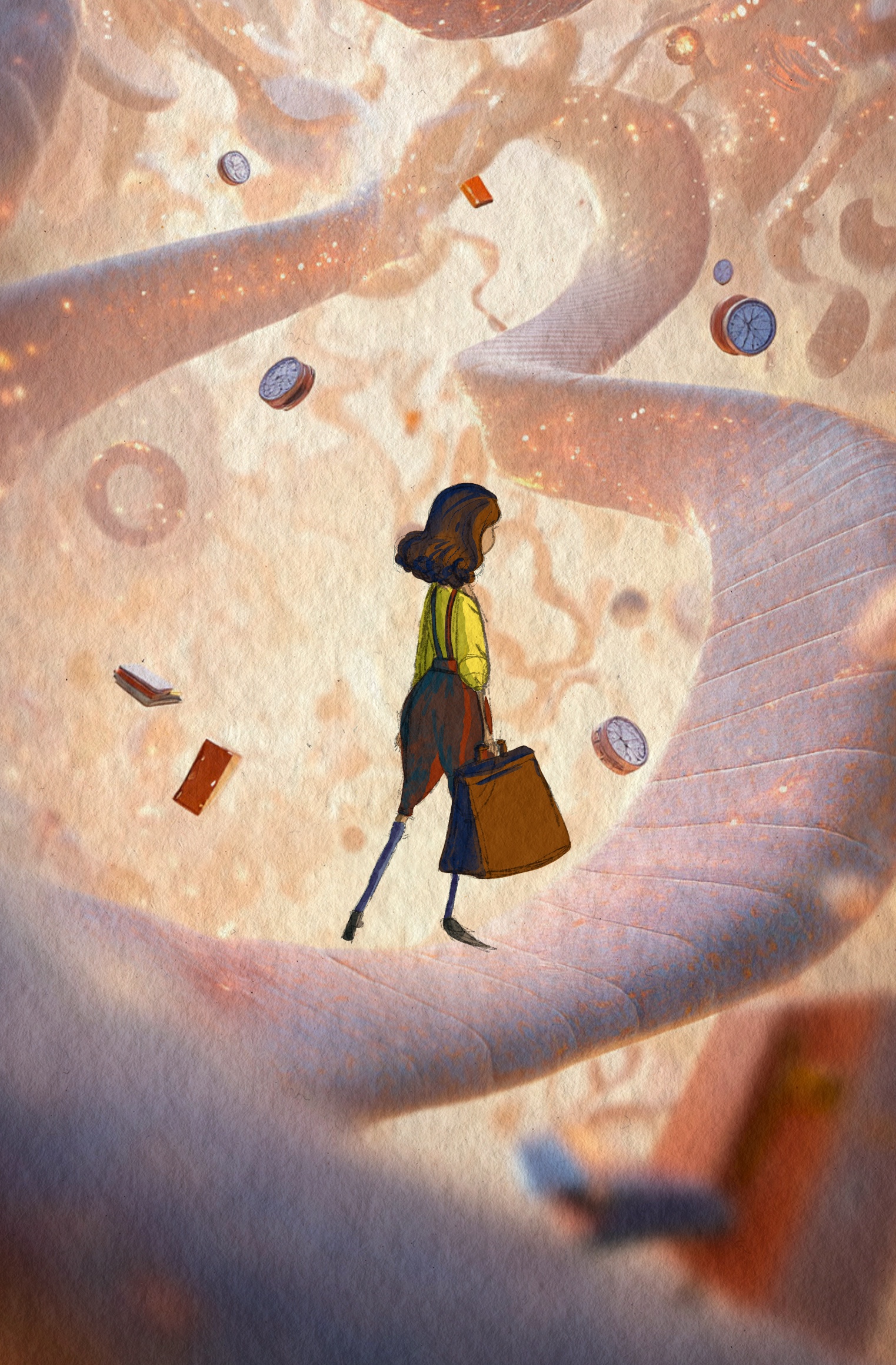Kairangahau Tangata Māori Tangata Tonga: Tūhinga Kairangi Te Reo Māori
Abstract
Ko tēnei te wāhanga whakarāpopoto o taku tuhinga kairangi i roto i te reo Māori he tūmomo whakamārama tēnei ki ngā kaipānui me pēhea ngā ākonga tangata Māori e whai ana i te ara rangahau o te tohu paerua me te whakapapa e tūhono ai ki ngā moutere o te moana nui a kiwa hei whakatauira i tōku ake rangahau me tōku ake whakapapa nō Tonga penei i ahau he koroua he tipuna matua tōku nō Tōnga me pehea te tangata e whakaara ake i te mana whakaarotau ahurea i roto i ōnā mahi katoa. Mai i taku tirohanga o te mokopuna o Te Whānau-ā-Rutaia o Te Whānau-ā-Apanui. Ko te ahurea whakaarotau me ngā tohu hei whakamana i tēnei mea te whakapapa o tana koroua nō te moutere o Tonga. Ko tēnei mea te whakapapa me te reo Māori me ōnā tikanga te waka huia hei kawe i te wairua o te tuakiri hapū. Hei tautoko i tēnei kereme e whakapae ana ko te tuatahi me whakamihi i te ngana me te kaha o te kairangahau ki te tuhituhi me te kōrerorero i roto i te reo Māori ko te reo tuarua ko tōnā tikanga ā iwi, tikanga matatika me ngā tikanga tuku iho e hāngai puu ki te ao kōrero Māori o ōnā iwi katoa hei whakahaumaru i te oranga o te taiao me te Mātauranga o te ao Māori. Ko te tuatoru o tēnei o tēnei tuhinga roa he whakaae i ahau hei kaiuru o taku hapū a Te Whānau ā Rūtaia, he whakanui hoki i taku kaiurutanga hei mokopuna o taku kainga tūturu. Ki te hoki atu taku tinana ki te ukaipo o te whenua e kore au e ngaro he kakano ahau i ruia mai i Rangiātea. Ki te hoki atu taku tūpāpaku ki te koopu o te whenua ko Rūtaia taku hapū, ko Ōmāio taku whenua he waahi motuhake e kore e whakaaukati i taku whānau otira ko taku whenua me taku whakapapa ā hapū hoki. Otira e mihi ana, e kore te aroha e mimiti noa.
This summation of my doctoral research, which is a written (not practice-led) thesis in te reo Māori, is somewhat of an explanation to readers of how Māori postgraduates with ancestry from Pacific countries, like me with a maternal grandfather from Tonga, might apply cultural priority in their work. From my perspective as a mokopuna (granddaughter) of Te Whānau-ā-Rūtaia hapū of Te Whānau-ā-Apanui iwi, cultural priority signals that although I acknowledge my Tongan descent on mum’s side, I prioritise my whakapapa Māori (Māori lineages) and tikanga Māori (Māori customary practices) on dad’s side. The ancestry and traditions rooted in the land where I was born and raised, the land where my people are the Indigenous population, take precedence for multiple reasons. Firstly, I am a Native speaker of te reo Māori, the language of Māori tribes. Secondly, I practice the beliefs, ethics, customs, and way of living belonging to a Māori knowledge system and worldview. Thirdly, and no less important than the preceding points, is the social acceptance of my Rūtaia people that I belong to them. If and when I pass away, I can therefore return home to Ōtūwhare marae for burial, and no one will question whether I have the cultural rite of passage to be buried in the urupā of our bones, our people. I am Māori by culture.
Downloads
Metrics
References
Anderson, J. (1942). The Upraised Hand or the Spiritual Significance of the Ringatu Faith. The Journal of the Polynesian Society, 51(1): i-vi, 1-28, 31-81.
Binney, J. (1988). The Ringatu traditions of predictive history. The Journal of Pacific History, 23(2): 167-174.
Kawharu, M. Et. Al. (2023). Applying whakapapa research methodology in Māori kin communities in Aotearoa New Zealand. Kōtuitui: New Zealand Journal of Social Sciences Online, 1-22. https://www.tandfonline.com/doi/full/10.1080/1177083X.2023.2227232
Mahuika, N., and Mahuika, R. (2020). Wānanga as a research methodology. AlterNative: An International Journal of Indigenous People, 16(4); 369-377.
McGavin, K., and Fozdar, F. (Eds.) (2017). Mixed Race Identities in Australia, New Zealand, and the Pacific Islands, edited by Kirsten McGavin and Farida Fozdar. London and New York: Routledge.
McNeill, H. (2005). Te Hau Ora o Ngā Kaumatua o Tūhoe: A Study of Tūhoe Kaumatua Mental Wellness [PhD Thesis]. Tuwhera Open Access, Auckland University of Technology. https://openrepository.aut.ac.nz/items/37104232-54c2-4427-a342-121c3844711f
Newman, A. (1986). The Religious Beliefs, Rituals, and Values of the Ringatu Church [Master of Arts Thesis]. Massey University, Palmerston North.
Salesa, D. (2000). Half-castes between the wars: Colonial categories in New Zealand and Samoa. New Zealand Journal of History, 34(1): 98-116.
Walker, N. Et. Al. (2022). What whakapapa means to hapū-based researchers: kairangahau reflections. Journal of the Royal Society of New Zealand, 52(1): 135-143.
Copyright (c) 2024 Toakasi Raukura Keeti Amoamo
Article text:

This work is licensed under a Creative Commons Attribution 4.0 International License.
Photos:
The images in Rangahau Aranga are not covered by the Creative Commons license and are subject to copyright. Permission to reproduce this material must be sought from the copyright holder concerned.






